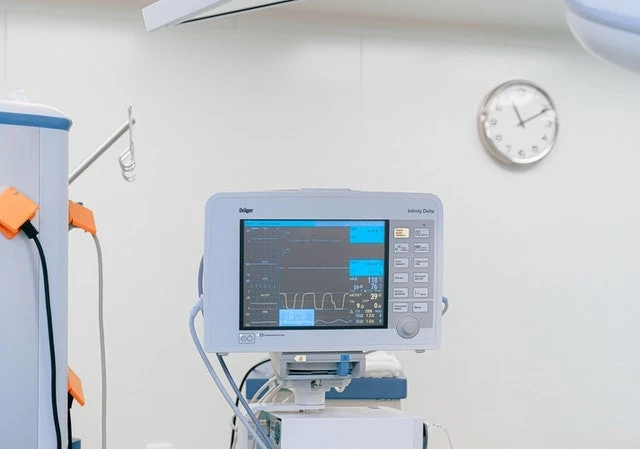Taking a 360° Approach to Paediatric Cardiac Diseases
Add bookmarkDr. Mohamed Hamdan, Consultant and Head, Paediatric Cardiology at Tawam Hospital, Al Ain, UAE, joins Pharma IQ to discuss the key components of a paediatric clinical cardiac assessment and taking a 360° approach to paediatric cardiac diseases.
Pharma IQ: Please could you outline briefly your current role and responsibilities?
M Hamdan: I'm currently:
-A Senior Consultant and Head of the Division of Pediatric Cardiology and
-Deputy Chairman of Pediatrics, at Tawam Hospital, Al Ain, UAE; and
-Clinical Associate Professor of Pediatrics, at the Faculty of Medicine and Health Sciences, UAE University, Al Ain, UAE
-My responsbilities include:
1. Clinical care of patients with congenital heart disease (inluding fetuses in utero, and adults with congenital heart disease)
2. Teaching and training for medical students and residents (including how to read ECG's, etc..)
3. Administration
Pharma IQ: Why do a paediatric ECG?
M Hamdan: It provides a simple and safe screening tool to a wide range of pediatric cardiac problems. When coupled with clinical assessment, it can lead to the diagnosis of the majority of pediatric cardiac diseases encountered.
Pharma IQ: What are the key components of a paediatric clinical cardiac assessment?
M Hamdan: The key components are:
1. Thorough history, including pregancy history of the mother, birth hitory, feeding history, and family history of similar complaints (especially in siblings or first-degree relatives). Adequate history is better obtained with the help of parents. Unlike adults, infants and children with heart disease either donot express their complaints at all, or express them in a vague and non-specific way. A fussy infant may be having arrhythmia (fast or irregular heart beats) and not colic..!. So what the parents notice is of extreme importance, and we donot ignore any observation from the parents (even if trivial), as it can be the only clue to a serious heart disease
2. Examination: Especially the way the child breaths and interacts with the surroundinghis, in addition to listening to the heart and chest. Again, this is quite difficult in a crying infant or child. We realy heavily on parental presence to sooth the child, or distracting him/her with songs, movies (eg: on mobile phones) and toys. We have to be 'opportunistic' in our exam. As such, we appeal to the position and situation when the child is the most quiet and relaxed even if we have to kneel down on the floor while he/she's playing, or examine the infant in the mother's lap. It's quite a challenge in most of the time in small children and infants.
I have a 'rain-deer' toy hooked to my stethoscope to distract children when listening to their chest..! and I make a 'smily balloon' using infalted surgical gloves to establish the trust and rapport of children. Once they trust you, you're a winner...!
3. Investigations: The most important of which are the ECG, and the echocardiogram
[inlinead]
Pharma IQ: What diagnoses can be made on a paediatric ECG?
M Hamdan: Certain diseases have a special way they manifest in the ECG, such as:
-Chamber enlargement (big heart) because of large holes in the walls of the heart, or narrow or leaky heart valves
-Arrhythmia: Too slow or too slow heart rate, and irregular heart rate
-The way the electrical activity is trasmitted inside the heart causing the heart chambers to contract
Pharma IQ: What would be your do’s and don’s for reading a ECG?
M Hamdan: Do's
-Do consider it for every patient you see. It's a cheap and effective screening tool. We many times discover incidental abnormalities (not manifesting in any complaint) even in healthy children
-Do carry the normal-values ECG card all the time
-Do make sure the ECG belongs to the patient you're evaluating
-Do read the ECG in a systematic way all the time, so you won't miss any abnormality (even if it takes longer time)
Dont's
-You don't need to remember age-specific normal values. These can be looked at with an easily-carried pocket card
-Don't accept the ECG if it's full of artifact. Take the time to sooth the child and repeat the ECG (Garbage in, garbage out: Bad-quality ECG leads to bad-quality interpretation, and wrong diagnosis)
Pharma IQ: For anyone interesting in attending the GCC Paediatric Summit what will be your key take home message?
M Hamdan: An easy-to-follow 5-step system to read the ECG
Interview conducted by Andrea Charles.
![]() Have Your Say
Have Your Say
Rate this feature and give us your feedback in the comments section below













